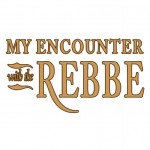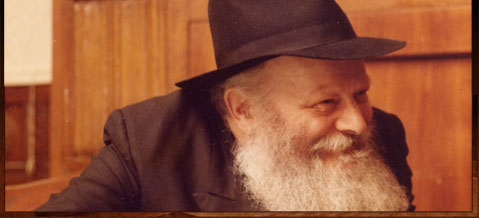In the summer of 1985, the Rebbe summoned the board of Agudas Chassidei Chabad, the Chabad movement’s umbrella organization, to his office. Among other matters, he had a request: The establishment of a new building in Kfar Chabad, Israel, to be named for the Previous Rebbe, Rabbi Yosef Yitzchak Schneersohn. It was to serve as a center for prayer, Torah study, and the spreading of chasidic teachings.

Click here for full-color print version
A couple of weeks later, during a public farbrengen for the 12th of Tammuz – the anniversary of the Previous Rebbe’s liberation from Soviet prison – the Rebbe spoke, for the first time in public, about a theft that had taken place at the Agudas Chassidei Chabad library, the central archive of the Lubavitch movement. Over a period of time, hundreds of priceless books and other items had begun disappearing – taken, it later emerged, by the Previous Rebbe’s grandson.
The attempt by a private individual to lay claim to the Previous Rebbe’s library was a source of great pain to the Rebbe, who saw it as a spiritual attack on himself and the Chabad movement. And so over the next few years, alongside the legal response, he launched a spiritual campaign to avert this Heavenly decree. Practically, this meant expanding Chabad’s work of promoting Torah and mitzvot. Two days after that address, during an audience with a group of visitors, the Rebbe once again spoke about making a new building in Kfar Chabad. He even asked that a “property for the Previous Rebbe” be found that very day – as a rental, until construction could begin – in order to house the local Kollel, or advanced Torah institute, as well as a Torah library. It seemed that this building was part of the same spiritual campaign.
The Kfar Chabad village committee quickly convened to allocate a building, while they searched for a permanent site. Eventually, a suitable parcel of land was found on a hill near the village’s entrance that was still officially classified as agricultural land. Although rezoning normally takes years, the Rebbe insisted that no part of the construction could begin before the building permits were in place, so with the help of the relevant government offices, the entire process was completed within six months. The search for an architect, however, was already well underway – which is where I came into the picture.
For a chasidic architect, this was the opportunity of a lifetime. Both excited and anxious about the responsibility, I submitted my candidacy, along with many other architects. Eventually, only two candidates remained: Myself and another Chabad chasid, Aryeh Yakont. (more…)





